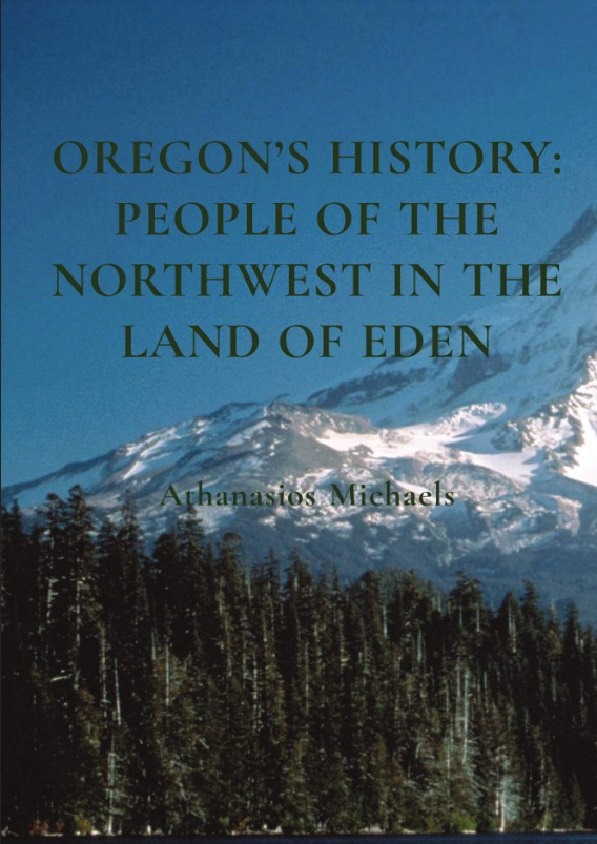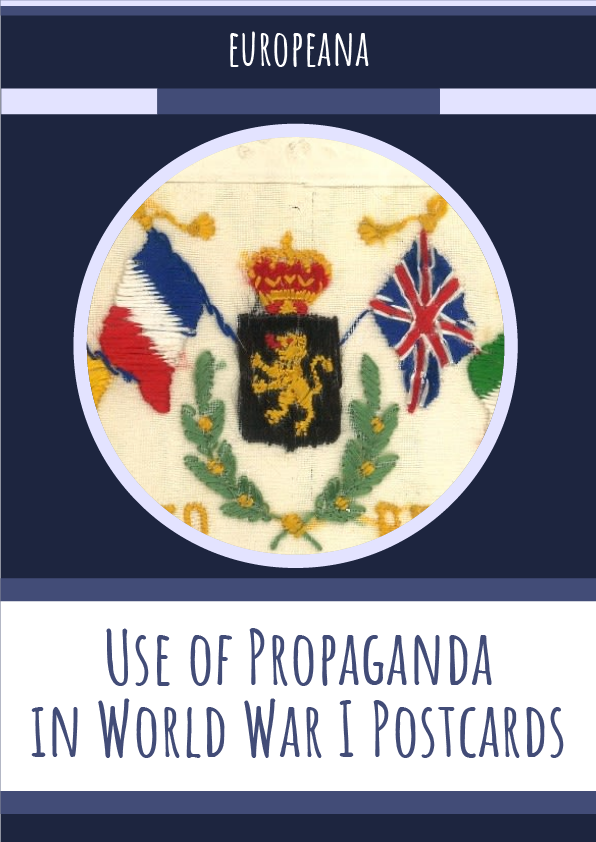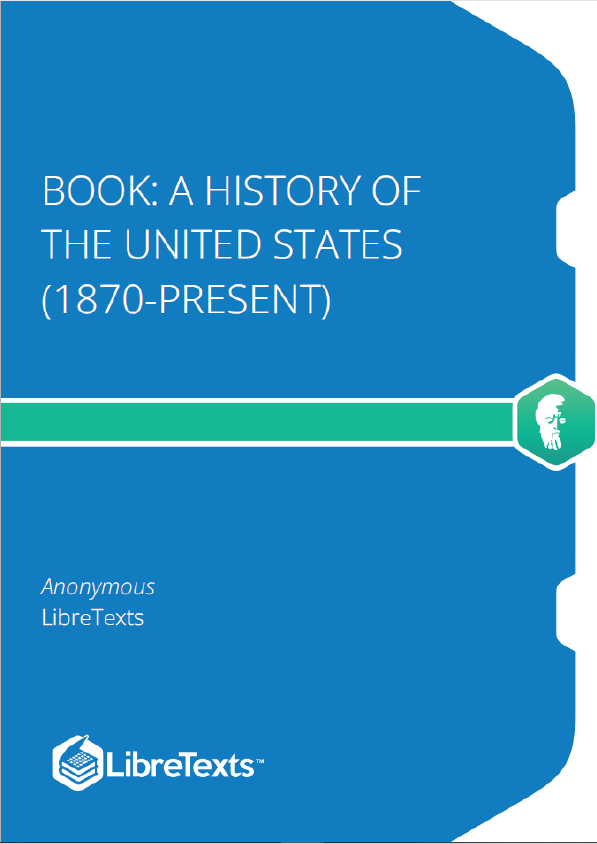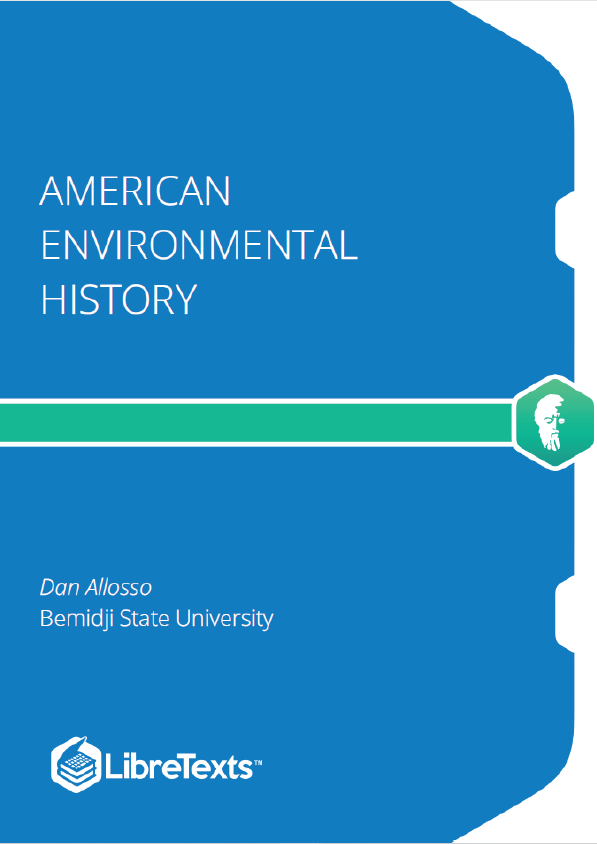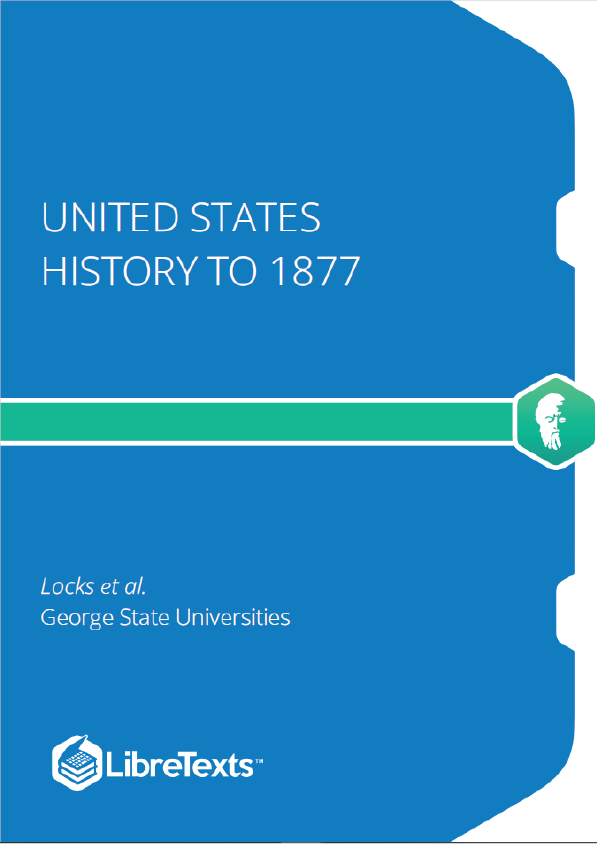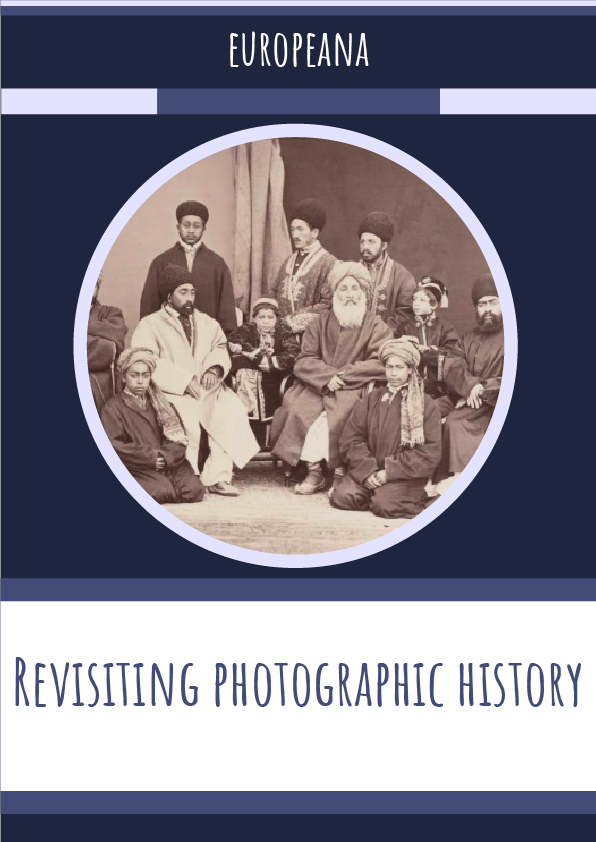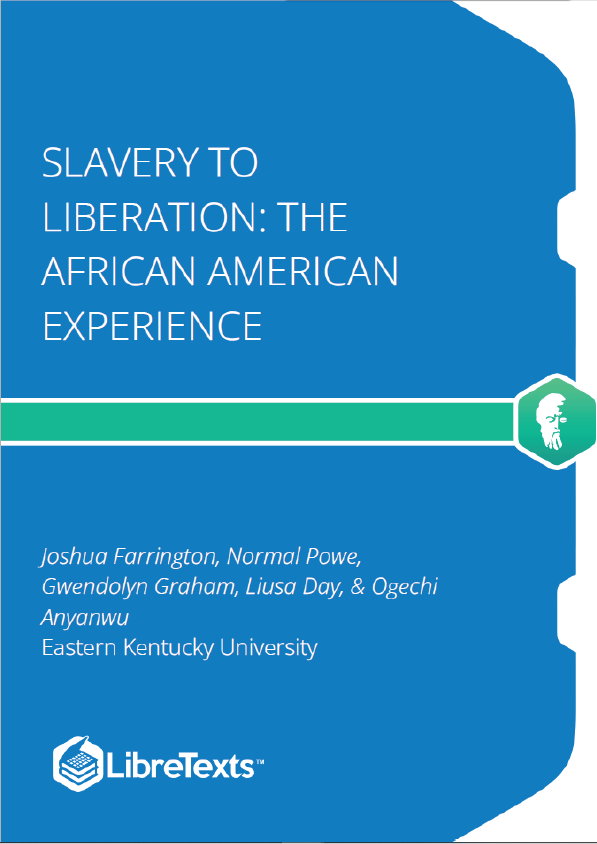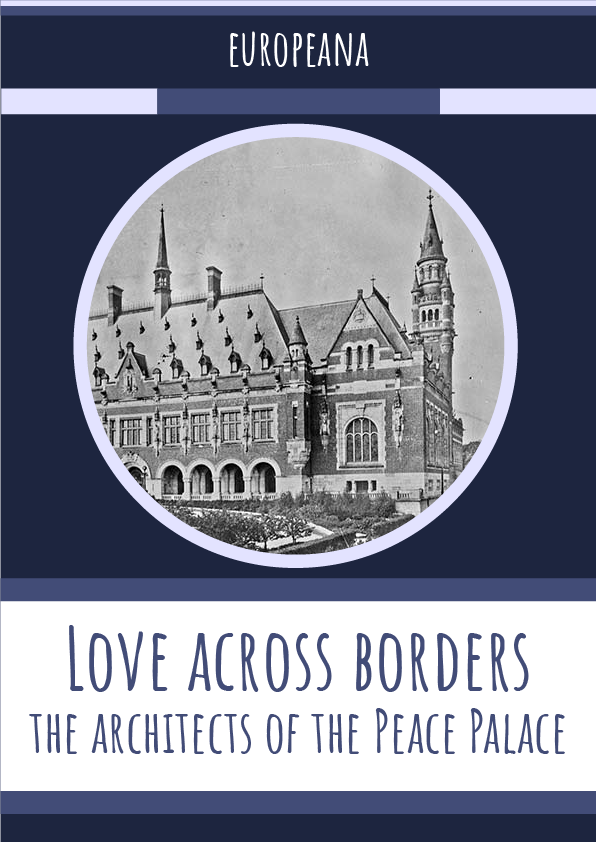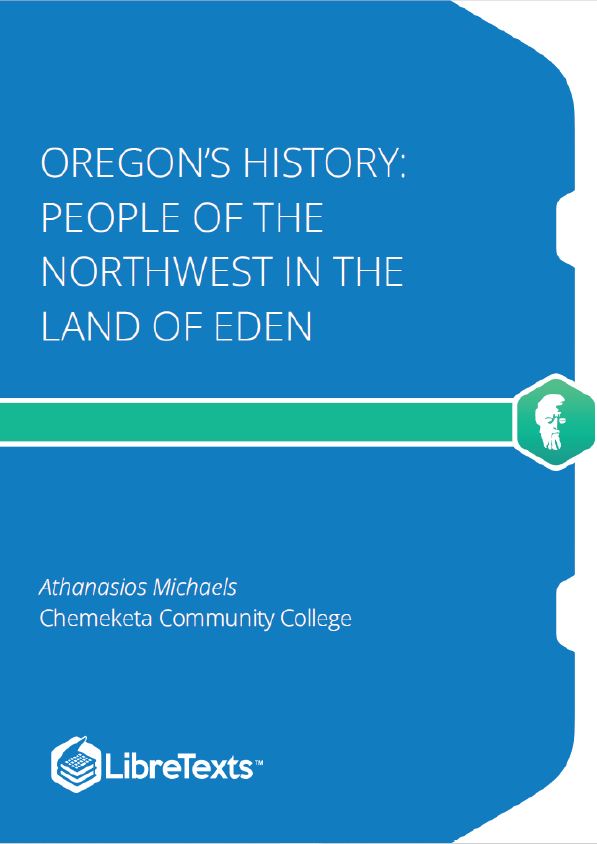Oregon’s History: People of the Northwest in the Land of Eden presents the people, places, and events of the state of Oregon from a humanist-driven perspective and recounts the struggles various peoples endured to achieve inclusion in the community. Its inspiration came from Carlos Schwantes historical survey, The Pacific Northwest: An Interpretive History which provides a glimpse of national events in American history through a regional approach. David Peterson Del Mar’s Oregon Promise: An Interpretive History has a similar approach as Schwantes, it is a reflective social and cultural history of the state’s diversity. The text offers a broad perspective of various ethnicities, political figures, and marginalized identities. Neither provide a traditionalist historiography of the American West. Traditionalist works replicated the heroic pioneer in the wilderness narrative embraced by historians like Frederick Jackson Turner at the beginning of the twentieth century. Other works such as Elizabeth McLagan’s Peculiar Paradise interrogated inherent racism of the traditional historical approach of the American West that enshrined a linear narrative of Euro-American colonization bearing progress and civilization to Oregon. McLagan’s analyzes the establishment of the African American community and their struggles against racial oppression in Oregon.
This “open textbook” is a social and cultural history of the people of Oregon representing powerful figures from the dominant Euro-American culture, the marginalized and oppressed, and social and political reformers who shaped the historical legacy of the state. It is a story of the diverse array of immigrants who helped build the state and strengthen it. The title is a recollection of the racial fantasies that European-American settlers created in their expansionist vision of the West and the state of Oregon. Initially the Oregon Territory was built on intolerance and racial exclusivity, but eventually Oregon embraces its diversity, but not without struggle and heartache. Our journey through the past starts with an essential question, “Who are the people of Oregon?”
Oregon is a vast land filled with enchantment, wonder, and promise. Unlike other regions in the continental United States, Oregon hosts a variety of microclimates, terrain, and a variety of flora and fauna that could fill an entire museum. The coastal region offers a majestic and serene back porch to the gigantic and powerful Pacific Ocean surging with potential energy and promise for humankind. To the east of the Coastal Range lies the Willamette Valley and its rich, arable soils nestled between two mountain ranges. On the eastern side of the valley are the Cascade Mountains (known as Yamakiasham Yaina or “mountains of the northern people”), which run through the center of the state into Washington and British Columbia. The Cascades are a series of phantasmal peaks that can be seen on a clear day in the Willamette Valley. Some of the iconic peaks include Mount Hood (known as Wy’east by the Multnomah Tribe) east of Portland, Oregon and the turbulent, crop-topped Mount Saint Helens (known as Lawetlat’la by the Cowlitz people) in southern Washington.
East of the Cascades lies the Columbia Plateau, High Desert, and Blue Mountain regions. The eastern portion of the state is marked by a drier climate in part due to the rain shadow cast by the Cascade Mountains. The northeastern border of the state, adjacent to Idaho, is home to the Wallowa Mountains and Hells Canyon, the deepest river gorge in the United States, and one of the deepest in the world. The Columbia River forms the Columbia River Gorge along the northern border separating the states of Washington and Oregon. The river is named after the ship of the fur trader and explorer Robert Gray, who sailed through the mouth of the mighty river in 1792. The Columbia River is home to various salmon, providing the backbone of life within the biodiverse environment and landscape of the Pacific Northwest.
